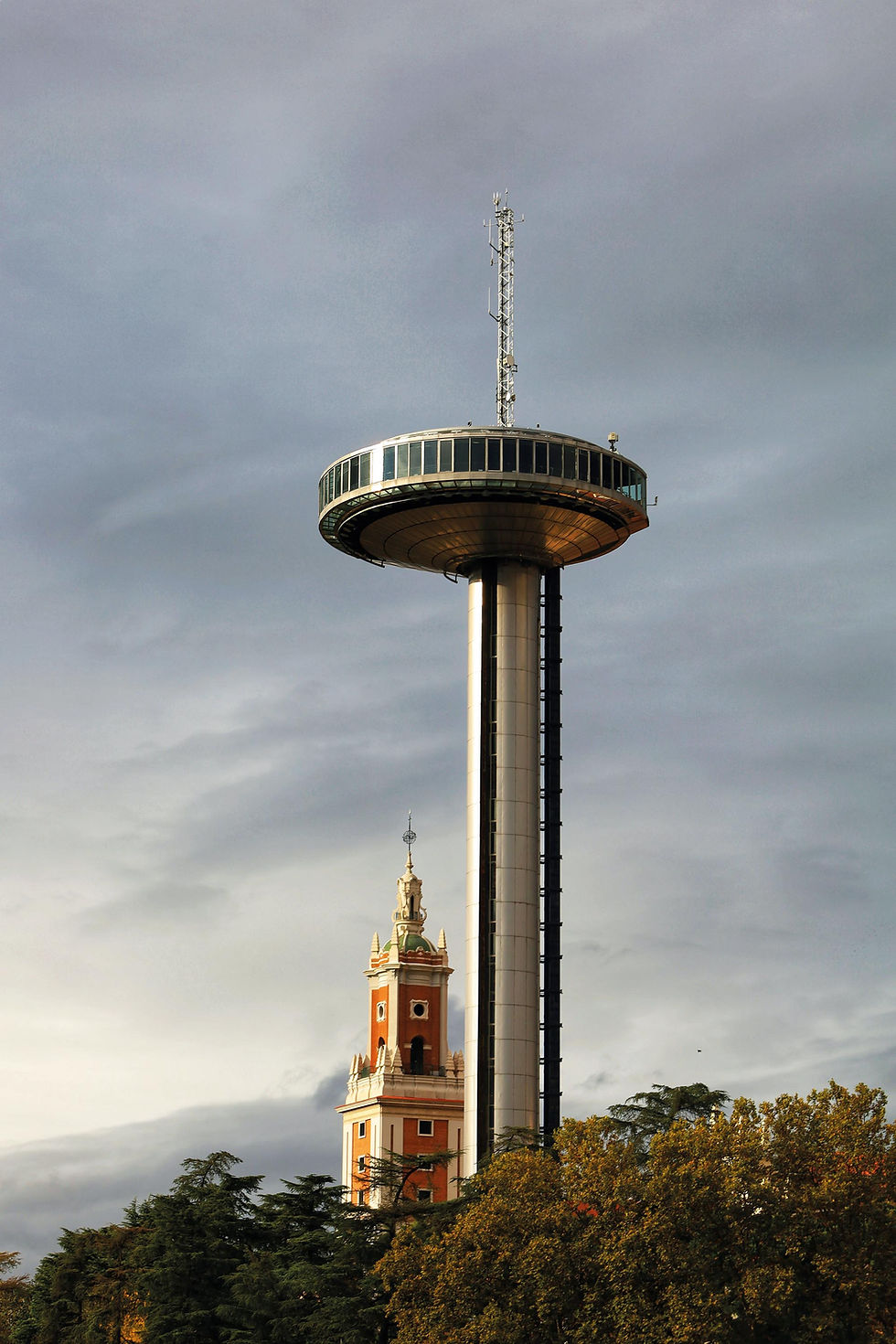More castizo than Alcalá street
- Sports & Lifestyle
- Jul 11
- 3 min read
Photos: Unsplah & Freepik

Madrid isn’t explained, Madrid is lived. Located in the geographical centre of the Iberian Peninsula, the capital of Spain is a city that breathes history, art, gastronomy and style with a naturalness that makes you fall in love. At 650 metres above sea level and bathed by more than 300 days of sunshine a year, Madrid stands out as a sophisticated metropolis that has managed to reinvent itself over the centuries without losing its essence.
The capital of a country rich in tradition, but always looking to the future, Madrid is the place where history is lived in style and the present is celebrated with elegance. A city that welcomes, surprises and conquers. And as Luis Quiñones de Benavente says in his work entitled “Baile del invierno y del verano:” “Well, winter and summer are only good in Madrid, from the cradle to Madrid, and from Madrid to heaven.”

Beti Jai
Just a few steps separate the murmur of the Paseo de la Castellana from the solemn silence of one of the most fascinating spaces in Madrid’s heritage: the Beti Jai Fronton. Built in 1894 in Calle Marqués de Riscal, this temple of iron and brick is much more than a sporting vestige, it’s the living memory of an era in which the bourgeoisie discovered the thrill of Basque pelota.

Conceived by the Gipuzkoa developer José Arana and built by the Cantabrian architect Joaquín Rucoba - the same architect who designed the Arriaga Theatre in Bilbao, the Episcopal Palace in Santander and the La Malagueta Bullring in Malaga - Beti Jai was born as a response to a social phenomenon that overflowed conventional spaces. Basque pelota, brought from the north by the summer nobility, became a spectacle and a catwalk. It was not in vain that the venue was known as the “Royal Pelota Theatre.”

Royal Casino of Madrid
With more than twelve thousand sqm distributed in one of the most representative buildings of Madrid’s eclecticism, its architecture fuses French heritage, baroque details and an evident passion for well-executed ornamentation. The grand staircase, with references to Eros and Psyche, defies gravity and oblivion. Between plant and marine motifs, carved with almost mythological meticulousness, it ascends not only in height but also in aesthetics. Ángel García's work becomes a visual passage, a threshold between the mundane and the exquisite.

The building, the work of the architect José López Sallaberry, reflects the artistic heritage of masters such as Mauméjean and Eusebio Arnau Mascort, whose stained glass windows and reliefs give the space a ceremonial character.
Madrid Río

On the banks of Manzanares, where the city breathes with a leisurely, contemporary rhythm, Madrid Río redefines the concept of urban space. What was once an industrial and road area is now a cultural, sporting and natural corridor that has transformed the soul of the southwest of the capital into an enclave where the urban experience is elevated with design, heritage and sophistication.

The Parque Atlético de Madrid now stands on the site of the former temple of football, the Vicente Calderón. In the exact centre of the original turf lies a time capsule containing a seat, a shirt, a poster of the inaugural match and two photographs of the first and last goals in the stadium. An engraved slab commemorates the silhouette of the stadium, inaugurated in 1966 as the Manzanares Stadium, the venue for the 1982 World Cup, Champions League matches and, in its official farewell to the competition, the setting for the final of the Copa del Rey between Barcelona and Alavés. Around it, the new meadow with its tree lines, athletics track, and ceremonial character is a reminder that memory can also live in the landscape design.

At its southern end, the Parque Lineal del Manzanares, designed by Ricardo Bofill, culminates this route with green areas, viewpoints, the powerful silhouette of La Dama del Manzanares by Manuel Valdés and the Caja Mágica, the work of Dominique Perrault.




Comments